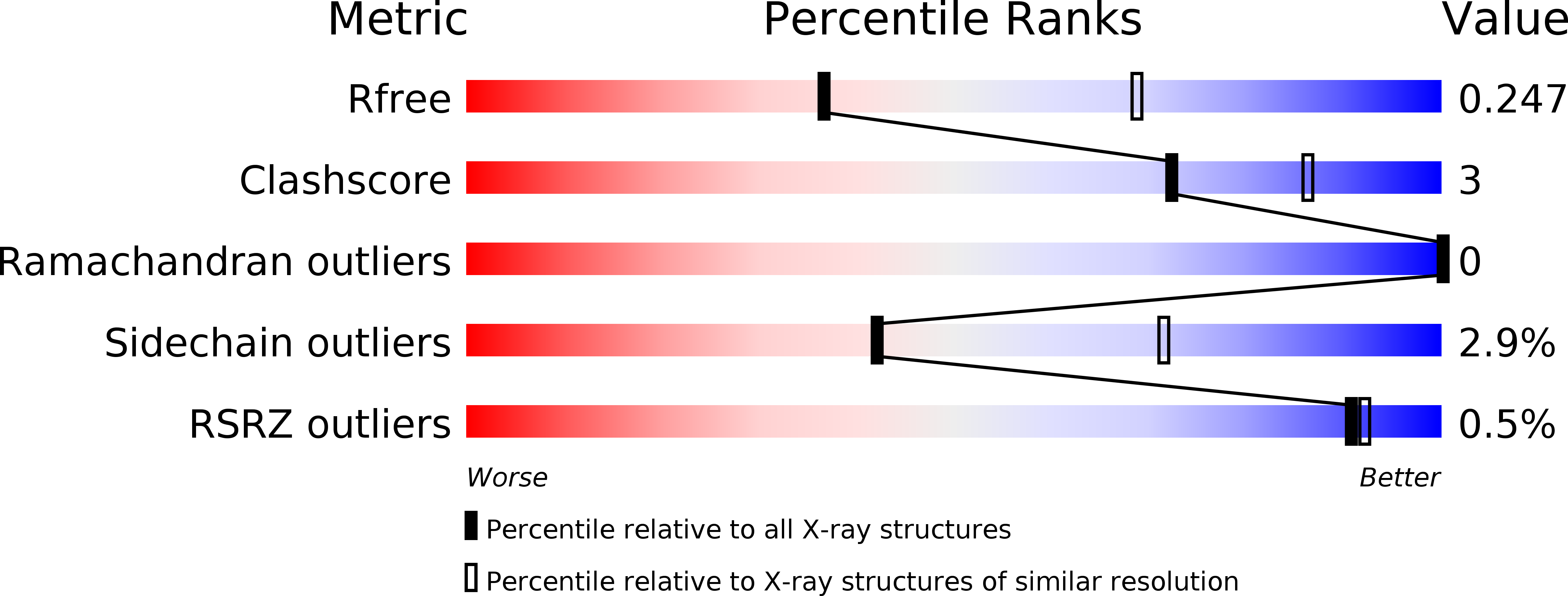
Deposition Date
2015-10-07
Release Date
2016-08-31
Last Version Date
2023-09-27
Method Details:
Experimental Method:
Resolution:
2.70 Å
R-Value Free:
0.24
R-Value Work:
0.19
R-Value Observed:
0.20
Space Group:
P 21 21 21


